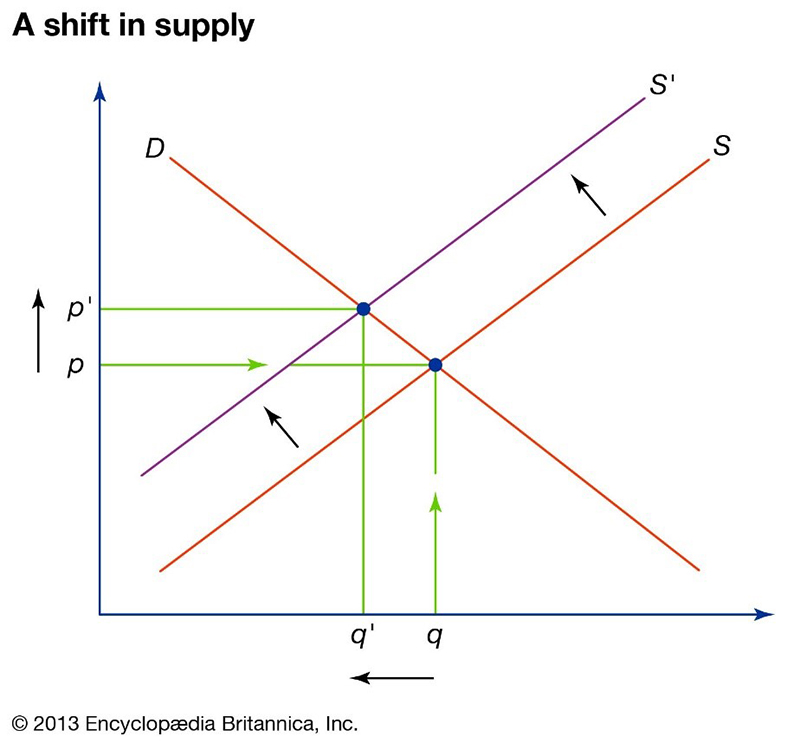Here’s how this could play out.
The media market is actually two symbiotic markets: one between audiences and publishers, and a second between publishers and advertisers. Audiences "pay" in full, or in part, for content with their attention. Publishers, of course, turn around and sell this attention to advertisers.
While there’s little question that audiences prefer fewer ads, it’s possible to increase their tolerance for ads with perceived value. Research has shown consumers are willing to accept higher ad loads in exchange for discounts on streaming packages or access to content they find interesting.
But the “value knife” cuts both ways. What will happen when audiences have access to unlimited, low-cost, or free content? Even if the content isn’t top-rated, tolerance for ad load is going to take a hit.
If they don’t already, many publishers will come to view AI as a tool to reduce the cost of producing content. Recently Sports Illustrated’s new owner, The Arena Group, was accused of publishing AI-generated content under the brand’s name. While Arena so far has denied the allegations – and put any blame for potential suspicious content on a third-party provider, AdVon – this article details the site’s use of weirdly written articles that appear to be authored by “fake, AI-generated writers.” The articles, which armed readers with deep insights like “Volleyball can be a little tricky to get into, especially without an actual ball to practice with” have now disappeared from the site.
The SI debacle underscores that so far, generative AI isn't capable of creating the next “Sopranos” — but there’s a growing number of tools to create content at a scale and cost that humans can’t match. Check out Runway’s Gen 2 or Stability.AI for an idea of what’s possible today. Most of today’s tools focus on animating still images, or building individual, single-camera shots, or creating “morphs” between a combination of those. Newer options such as Pika, which is still in a closed beta, extend on some of this functionality, but there is still a long way to go before we get to full-length videos.
And when we get there, it may not be Emmy-winning content. One can already imagine AI pumping out a simulacrum of formulaic shows — everything from “Law & Order: Criminal Intent” to “Bob the Builder.” (Or even “Bob the Builder: Criminal Intent” if you’re into that.) Breaking Bad but in Japan – an AI-generated riff off of the American series – is just the beginning.

Need a true-crime documentary to be scripted, storyboarded, visualized, and narrated? AI can do all of that, condensing processes that once took weeks or even months into a matter of hours — and it’s only getting faster and better.
Fast forward two to three years from now, and we can expect a deluge of content, with thousands of content creators, aided by AI, producing tailored shows at rates previously unimaginable.
This glut of content supply will prompt a strategy shift in the first market of advertising: To attract and retain audiences, publishers may seek to distinguish themselves with user experience, and that means serving them fewer ads. A 2022 study by Hub Entertainment Research found that 75% of viewers found five or fewer ads reasonable, dropping to 64% for six to ten ads and 54% for 11 ads or more.
The theory is as the scale of content becomes limitless and of high enough quality, consumers will shift consumption to apps and channels that show fewer ads, causing the supply of high-quality impressions for sale to erode.
A counterargument may suggest that the extensive 'long tail' of content could drive overall advertising prices down, just as it has in the past. The digital landscape has indeed fostered a vast array of niche audiences, many of them serviced by smaller publishers who were more concerned about revenue than their long-term audience or brand.
However, this time around it’s different – today’s advertising landscape is increasingly influenced by attention metrics, which drive transparency and help advertisers prioritize placement quality over sheer quantity. Coupled with the glut of content competing for users with a shrinking tolerance for ad load which kicked off this market shift, it doesn’t look like the long tail will be able to hold the supply curve in place.
As impressions dwindle, the dynamic of the second market of advertising, between publishers and advertisers, tightens. As economists have known since before Alfred Marshall drew the first Supply and Demand curve in 1890, changes in supply cause prices to shift. And in this case, CPMs will rise if consumption shifts to environments with fewer ads.
The classic supply and demand curve illustrates this phenomenon; below, you can see the impact of a decrease in supply. S1 intersects with the demand curve (D) at a higher price (P1) than S.

Shrinking supply in the advertising market could drive substantial increases in media prices.
In the long run, AI’s impact will be felt in all parts of advertising. It will make planning easier, and even offer more opportunities for creative optimization, but the most acute impact might be an explosion in the supply of content that causes an increase in the price of media.
Source: warc.com

